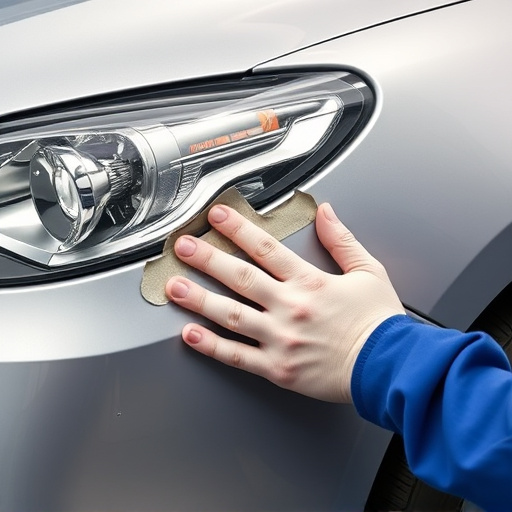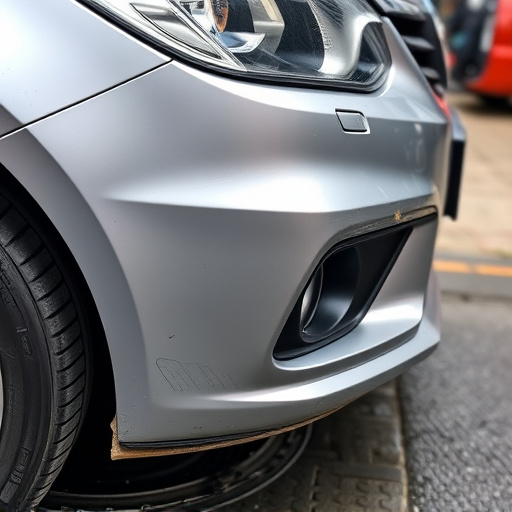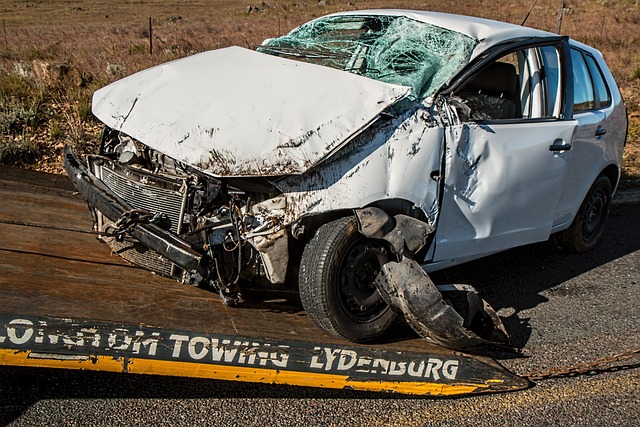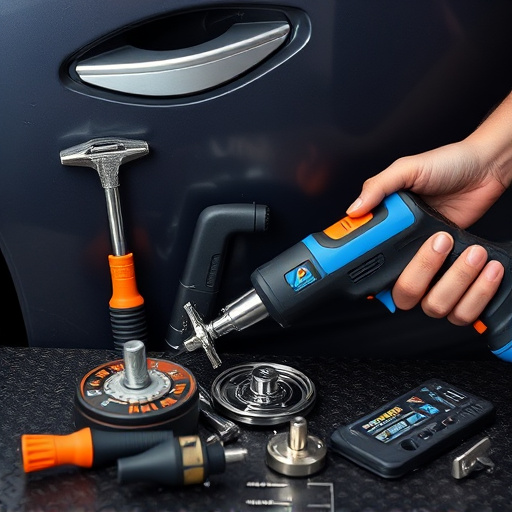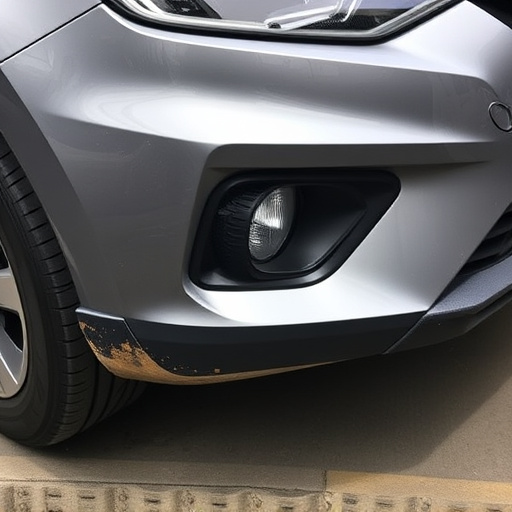Mercedes high-voltage disconnect (HVD) systems power modern luxury vehicles' advanced features while ensuring safety through collision isolation and maintenance. Accurate logging of HVD events by specialized car body shops is vital for safety, efficiency, and documentation. Proper documentation enhances transparency and decision-making for Mercedes benz repair and mitigates costly damage from high-voltage components.
Mercedes high-voltage disconnect (HVD) systems are integral components of modern electric vehicles, demanding meticulous care and maintenance. Understanding these sophisticated systems is crucial for efficient vehicle management. Proper documentation in service records is essential, as it ensures tracking of HVD events, facilitating informed decision-making. This article explores the significance of logging Mercedes HVD activities, offering best practices to maintain comprehensive service records for optimal vehicle performance and safety.
- Understanding Mercedes High-Voltage Disconnect Systems
- Importance of Documentation in Service Records
- Best Practices for Logging High-Voltage Disconnect Events
Understanding Mercedes High-Voltage Disconnect Systems

Mercedes High-Voltage Disconnect systems are an integral part of modern luxury vehicles, designed to manage and control high-voltage electrical components safely. These sophisticated systems power various advanced features in Mercedes cars, such as electric motors, battery management systems, and hybrid drivetrains. Understanding how they work is crucial for both car enthusiasts and automotive professionals.
In a typical Mercedes vehicle, the high-voltage disconnect system acts as a safety mechanism, isolating high-voltage circuits during certain events like a collision or maintenance. This prevents electrical shorts and ensures the safety of service technicians and eventual car owners. When a car undergoes a vehicle collision repair or regular car body repair, proper handling of these systems is essential. Many car body shops specialize in Mercedes high-voltage disconnect services to ensure accurate logging in service records, adhering to manufacturer guidelines, and maintaining the vehicle’s overall efficiency and safety standards.
Importance of Documentation in Service Records

Proper documentation is paramount when it comes to maintaining Mercedes high-voltage disconnect systems. Detailed records ensure that any repairs or replacements are accurately tracked, allowing for easy identification and troubleshooting in the future. This is particularly crucial for high-voltage components, as their malfunction can lead to serious safety hazards and costly damage.
Comprehensive service records for Mercedes vehicles, including those detailing mercedes benz repair on high-voltage disconnects, serve as a vital tool for both owners and automotive body work professionals. By logging such procedures, mechanics can demonstrate expertise in mercedes benz repair while enabling subsequent owners to make informed decisions regarding their vehicle’s history and potential maintenance needs.
Best Practices for Logging High-Voltage Disconnect Events

When logging Mercedes high-voltage disconnect events, it’s crucial to adhere to best practices that ensure accuracy and accessibility for future reference. Each incident should be meticulously documented in service records, including detailed descriptions, dates, locations, and any specific circumstances surrounding the event. This not only aids in troubleshooting but also serves as a valuable resource for trained technicians.
Using standardized formatting and consistent terminology across all entries simplifies data analysis and facilitates communication within the automotive body shop or car restoration team. Additionally, capturing images or videos of the affected area can provide visual evidence that complements the textual records, especially for complex cases involving vehicle dent repair or intricate electrical systems.
Mercedes high-voltage disconnect systems are crucial components that require meticulous care and proper documentation. By logging these events in service records, technicians can efficiently track and manage potential issues, ensuring the safety and reliability of electric vehicle (EV) ownership. Adhering to best practices for recording high-voltage disconnects is essential to maintaining a comprehensive history, facilitating informed decision-making, and ultimately enhancing the overall EV ownership experience.
